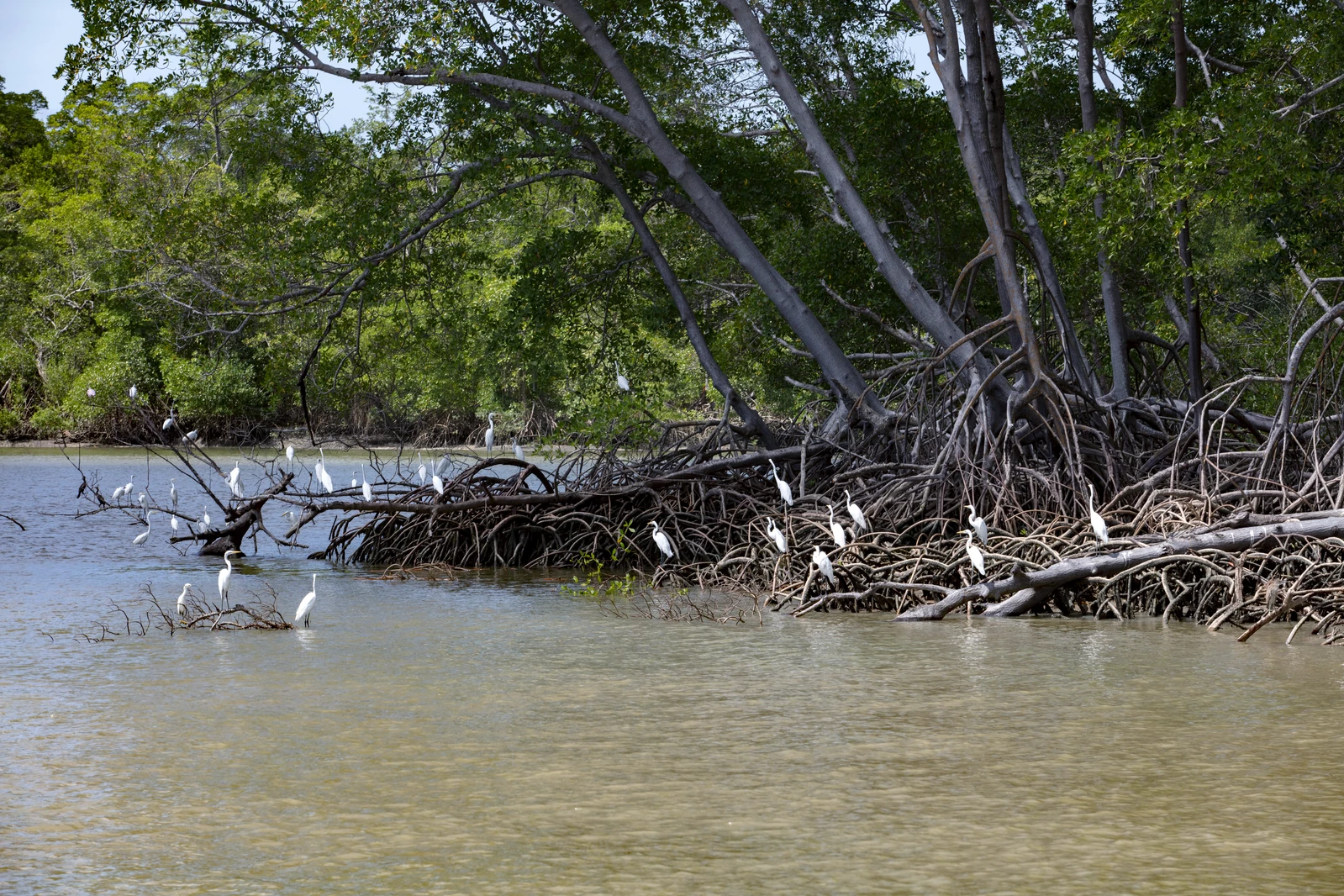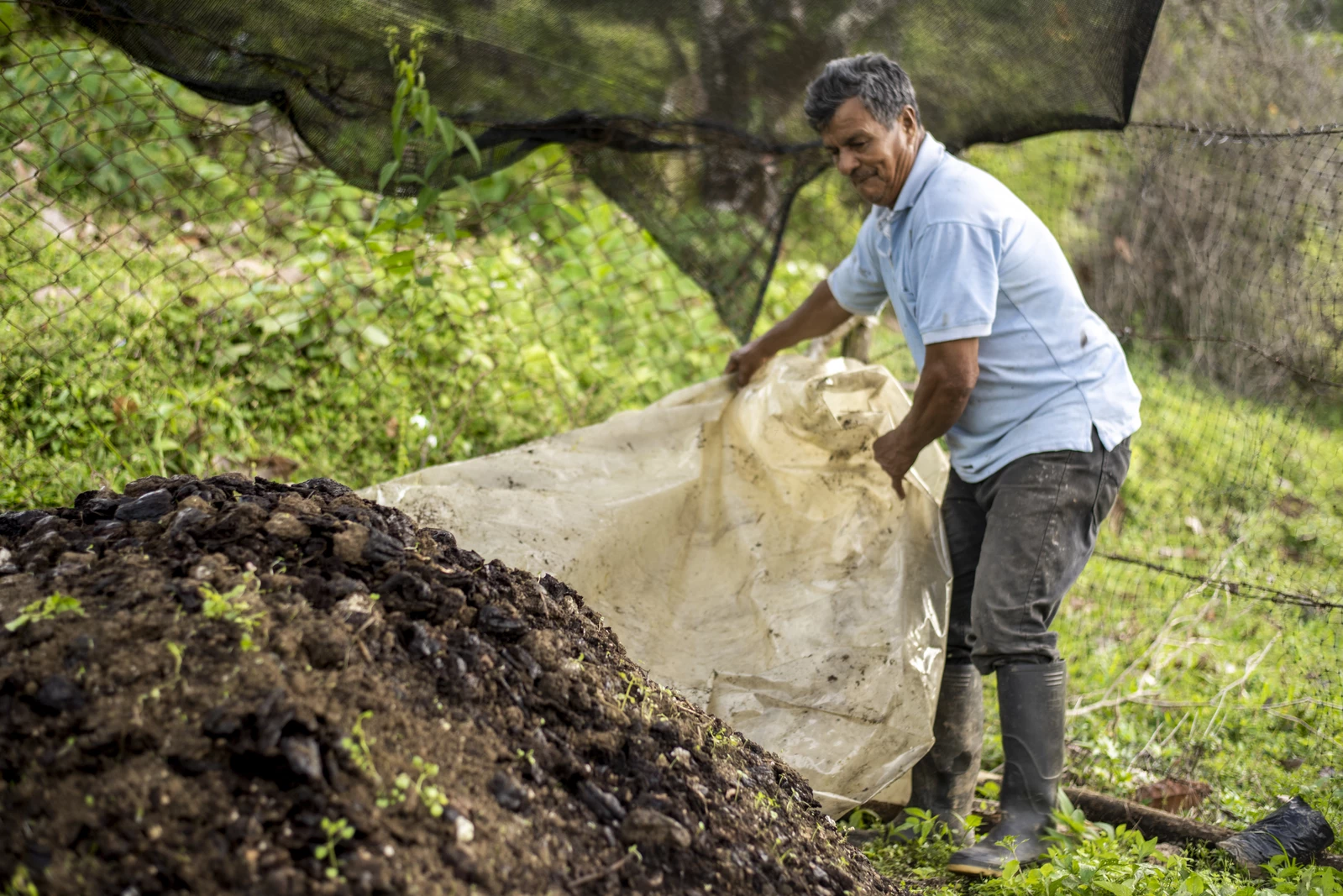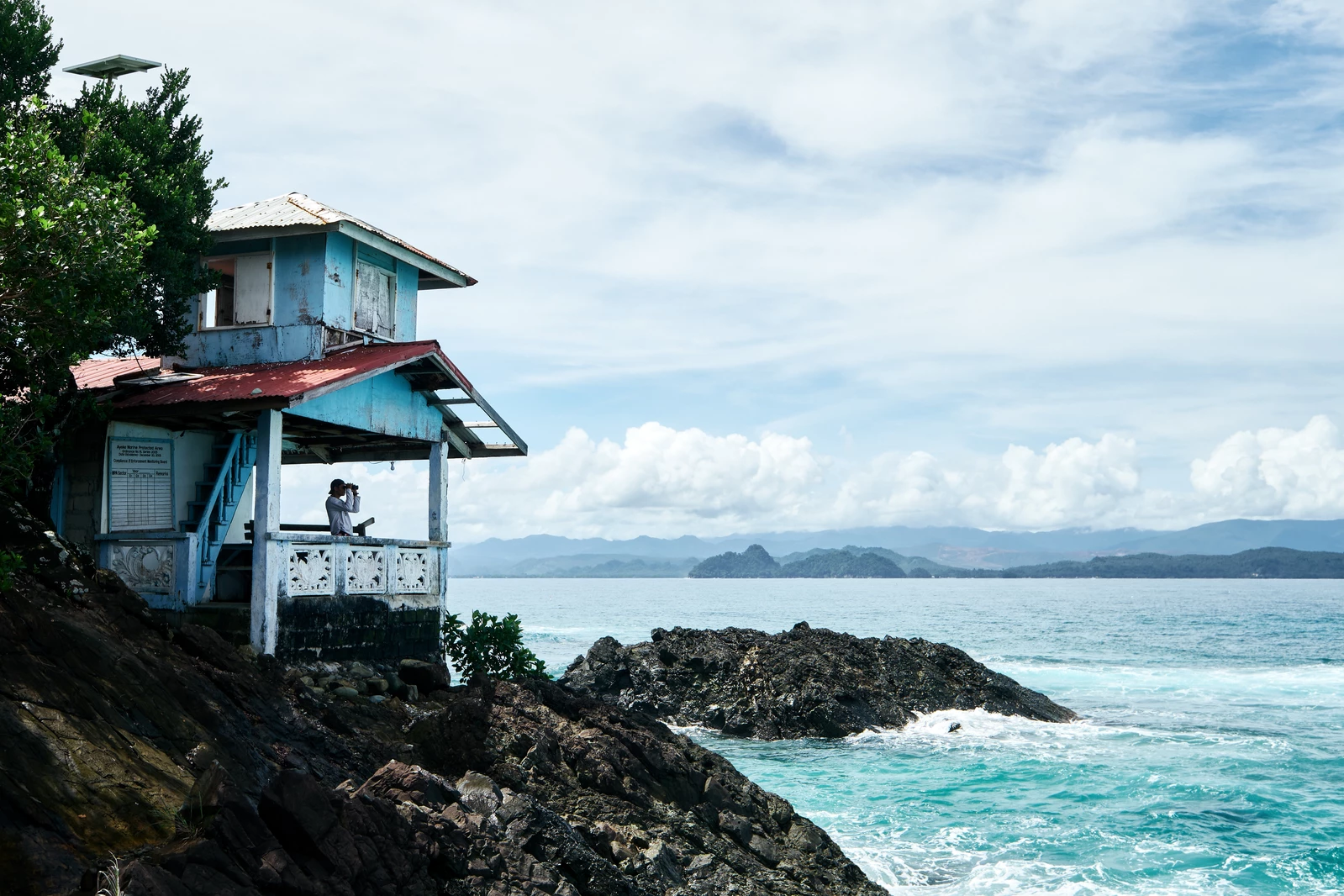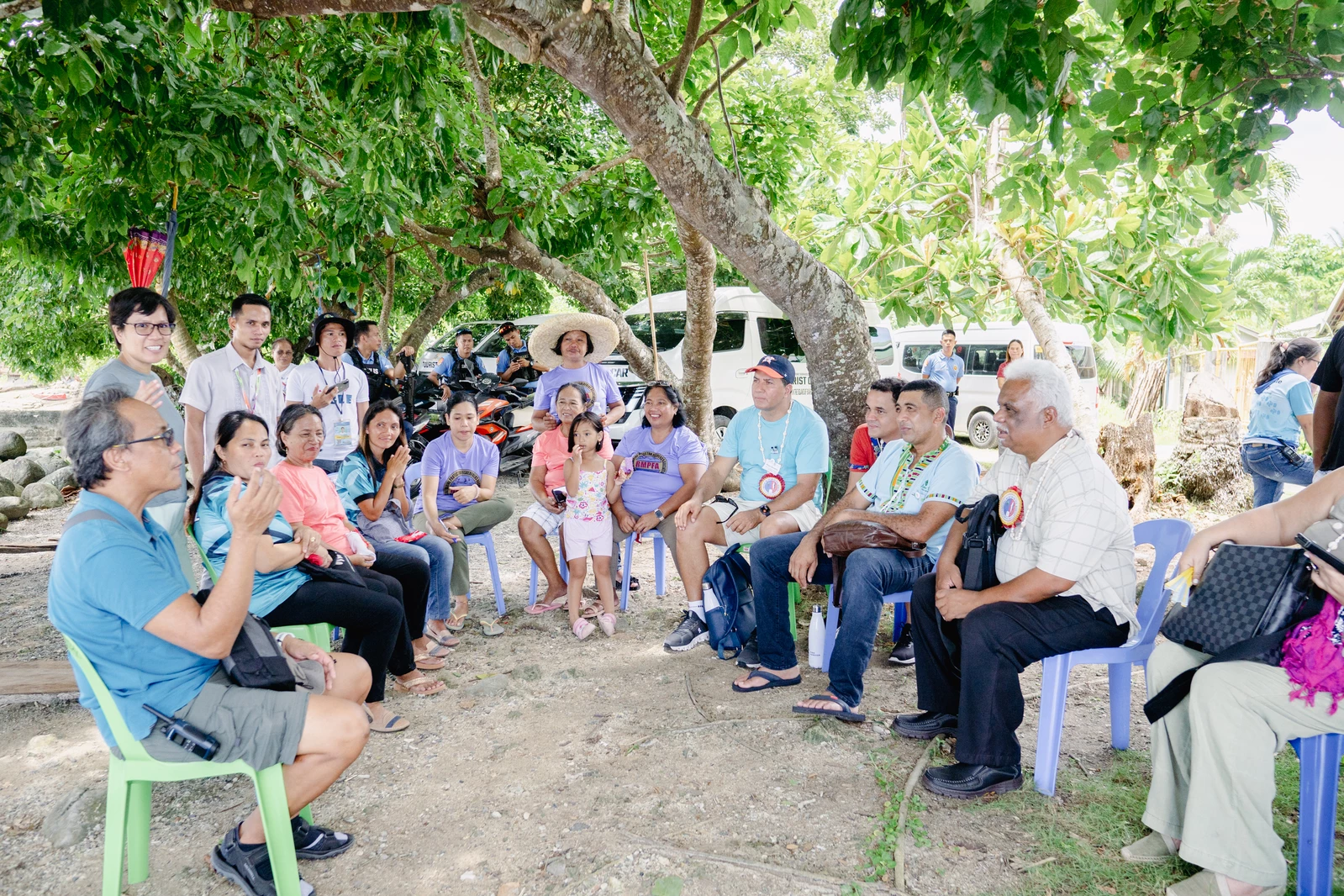
Our survival on Earth hinges on sustaining the natural systems that provide our clean food, water, and air. Protecting enough of the natural world is vital to ensure these systems continue to function. Yet human activity continues to encroach on natural ecosystems, threatening more than a million plant and animal species with extinction in a matter of decades. Less than 20% of the planet’s landmass remains intact, and human activity has influenced nearly all the world’s oceans.
Despite notable success stories, we have been failing in the aggregate. The conservation community has excelled at measuring losses and directing research and conservation dollars toward species and ecosystem needs in search of solutions. While this is critical, given that policymakers and the public demand this data to take action, our approach has focused too heavily on telling people what not to do, where not to go, and how not to develop their communities.
The environmental movement conveys the message that people are the problem. It’s time for a new approach: people are the solution.
People as the solution: shifting the narrative
It’s now estimated that we spend close to 100 billion dollars per year for biodiversity conservation, often through top-down enforcement and increasingly through a growing array of market-based mechanisms. These investments aren’t nearly enough, and many of these efforts, most notably protected areas, often fail to deliver: one study documents over 500 instances of Protected Area downgrading, downsizing, and degazettement, resulting in a loss of half a million square kilometers. Another study bolsters this point: “Furthermore, less than half of mammals, amphibians, mangroves, and various marine groups have a sufficient proportion of their distributions covered by the current protected area network to be adequately conserved.” A third indicates that over half the world’s PAs are underfunded or unmanaged.
These approaches have managed to secure vast protections on paper. However, in the process, they have overlooked the most significant factor: how humans behave under these restrictions. Local populations have been viewed as stakeholders or cost layers in GIS analyses to “maximize” conservation outcomes.
We need a paradigm shift. Instead of seeing people as the problem, we must recognize that they are the key to lasting environmental solutions. By shifting our perspective and rethinking our approach, we can open doors to innovative, sustainable solutions that can be more effective and enduring than traditional top-down approaches.
Implementing a people-centered approach to conservation
Recognizing people as key to lasting solutions involves understanding their behaviors, social dynamics, values, and norms. It also asks follow-up questions, such as: What are the needs of the communities most impacted by climate change, overfishing, poverty, and other challenges? What are the emerging community-led solutions to a particular problem? What are the barriers to scaling locally-led solutions?
We must explore how conservation and environmental action norms emerge and focus on the true determinants of success: individuals, communities, and societies.
To put this people-centered approach into action, we need to focus on several key elements:
-

Coastal 500 members meet with local fishers and savings club members in Santa Monica, Siargao, Philippines. Photo Credit: Bernice Beltran for Rare. Recognizing local leadership: Effective conservation requires direct investment in local communities and their local leaders. We can develop more effective and equitable solutions by integrating their knowledge, traditions, and needs into conservation strategies. Community-led conservation, like the Coastal500 network of mayors and local leaders, is crucial for lasting impact.
- Applying behavioral and social science: Rare’s Center for Behavior & the Environment (the BE.Center) draws on various disciplines — psychology, sociology, economics, and design thinking — to develop durable conservation solutions that reflect how people behave, make decisions, and respond to incentives. Our work has shown that behavioral insights can unlock new pathways for environmental action.
- Expanding our aperture for solutions: It’s unlikely that tomorrow’s problems will be solved by the solutions from yesterday’s textbooks. We should consider mini XPRIZEs to encourage and identify out-of-the-box solutions. We must also invest in multiple and competing ideas. Rare’s Solution Search initiative attempts this approach with grand challenges, but these can be done on all scales.
- Aligning policy and finance to unlock the potential of human behavior: Policy and financial levers should not just impose restrictions or incentivize externally derived solutions but also enable behaviorally informed solutions that provide the space for people to innovate an array of sustainable futures. Policies that reflect the realities of human decision-making are more likely to be successful in the long term.
We explore these elements and more (and their empirical bases) in a recently published report, Collective Action for Nature.
Successful outcomes for nature depend on harnessing the potential of people and their communities directly interacting with natural resources. By helping them overcome barriers, we can facilitate more sustainable behaviors and practices.
Scaling from the ground up: local solutions at the forefront

Given these elements, the question arises: What needs to change to make this people-centered approach a reality?
We must shift our thinking about individuals and communities — from seeing them as mere stakeholders to fueling their capacity as agents, innovators, and drivers of change. Individual actions matter not only for their direct impact on our planet but also for the broader norms that they catalyze in society. We need to think less about what people need to stop and more about how to enable them to start. When individuals take sustainable actions, a ripple effect influences larger social norms and behaviors, paving the way for governments and corporations to implement large-scale change.
This isn’t about prioritizing individual actions over systemic change. Instead, it’s about integrating a people-centered approach to make individual and systemic efforts more effective. This strategy acknowledges that individuals and communities have the power to lead the charge, catalyzing broader societal change that drives institutional and policy shifts.
Too often, I hear that local solutions don’t scale. This misconception stems from a limited perspective. Scaling local solutions can be challenging for outsiders, just as it’s difficult for local communities to scale solutions imposed from the outside. But what if the solutions are organic — rooted in local customs, norms, influences, and innovation? Instead of imposing from the top down, what if we invest in systems that enable scaling from within? What if we instead seek to invest in supporting the systems for scaling successes — breaking down barriers to finance local solutions to scale, policy barriers to localized governance, and barriers to communications and networks that can diffuse innovation beyond adjacent territories, etc.?
We still have a lot to learn by doing and trying. For example, Everett Rogers’s Theory of Diffusion of Innovation, developed in 1962, provides valuable insights into how ideas and innovations spread and how they might scale effectively. These principles set the stage for scaling local solutions by empowering communities and individuals. Now, let’s explore how these ideas have already been put into action around the world.
Real-world success stories
In June, at Rare’s largest behavioral science event, BE.Hive24: Behavioral Insights to Environmental Impacts, we featured a diverse range of experts —from neuroscientists and conservationists to psychologists and former presidents — who shared how behavioral science is already transforming environmental initiatives. You can read the event synopsis here.
In Zambia, efforts to protect Southern Africa’s leopard populations from poaching were failing despite expanding species protection and conservation areas. Panthera shifted its approach by focusing on community values and cultural needs. This led to the widespread adoption of synthetic heritage furs and a doubling of leopard populations.

In the Philippines, local mayors have taken the lead in marine conservation. Starting with an incredible array of locally managed Marine Protected Areas, they are now expanding to a growing network of managed access areas. Local government units are developing bottom-up, decentralized management tailored to their communities’ specific needs, and this approach is increasingly protecting a large swath of one of the world’s most biodiverse coasts. The Coastal500 global network of mayors is now scaling this model worldwide.
In Latin America, community-managed forests have proven to outperform top-down protected areas in reducing deforestation. These community-led initiatives also show significantly less evidence of leakage or increased deforestation in adjacent areas.
These success stories illustrate the impact of people-centered conservation and the potential to scale these approaches across different sectors and regions. However, too few people-centered conservation solutions have reached a large-scale impact. Even these success stories can be improved upon by deepening our understanding and strategy through behavioral and social sciences, improving access to financial resources, and reducing policy barriers for scaling.
Investing in people for lasting change
The good news is that the conservation sector’s rhetoric and energy are increasingly shifting towards incorporating people into the equation. We’re seeing the rise of human rights-based approaches, the rightful centering of Indigenous Peoples and Local Communities, and the remarkable performance of locally managed conservation areas on both land and sea, among other progress. But we are at a critical juncture where moving from rhetoric to action is essential.
The Global Biodiversity Framework’s ambitious goals, including the most notable target to protect 30% of our land and sea by 2030, present an unprecedented opportunity to integrate people-centered and community-led solutions. While these commitments have been rightfully celebrated within the conservation community, including by myself, we have only just begun the work to turn them into reality.
We must invest in bottom-up innovation through locally-led solutions to meet these ambitious, top-down global goals. Not every approach will succeed, and that’s a good thing — experimentation and adaptation are essential to progress. By grounding our efforts and investments in behavioral and social sciences, we can uncover cost-effective and locally derived solutions with the potential to reverse our current trajectory of planetary decline.
At Rare, we offer a variety of resources to help our global community integrate a people-centered approach into their work, including in-person workshops, e-learning courses, webinars, and tools on behavior-centered design, behavior change monitoring and evaluation, and more. However, we also recognize the need to challenge ourselves and think more deeply about this paradigm shift toward seeing people as the solution.
By investing in people-centered approaches, we can drive the change needed to reverse environmental decline and secure a sustainable future for all. As we continue to learn, I commit to sharing our successes and failures — because both are critical to achieving our goals.
